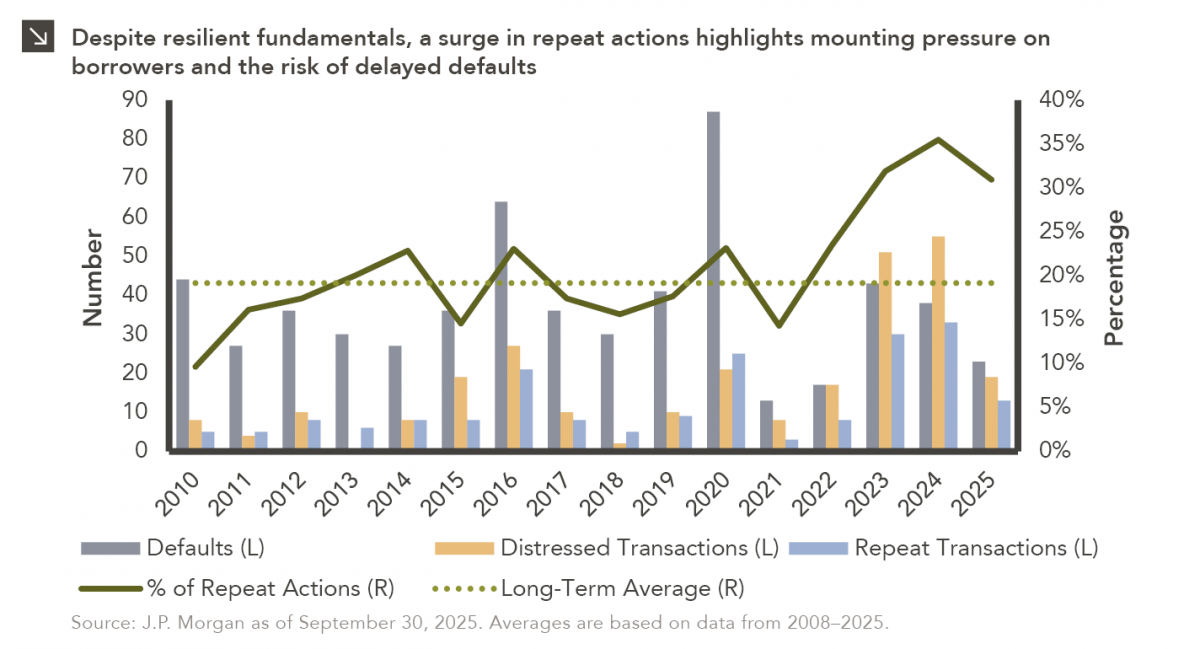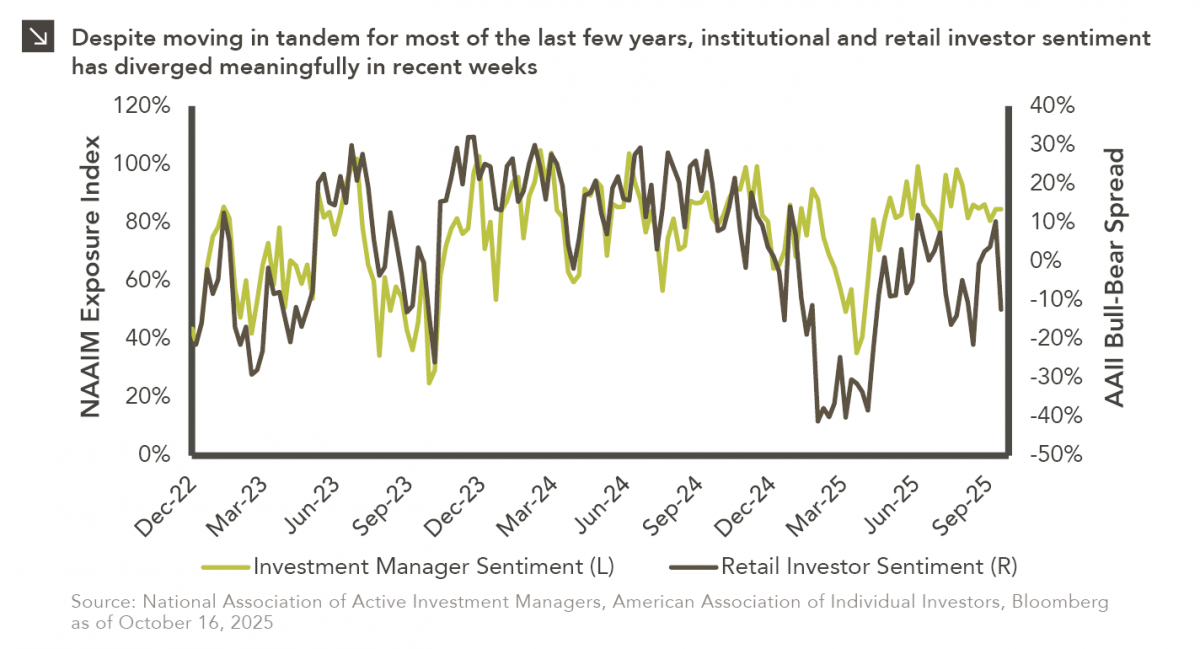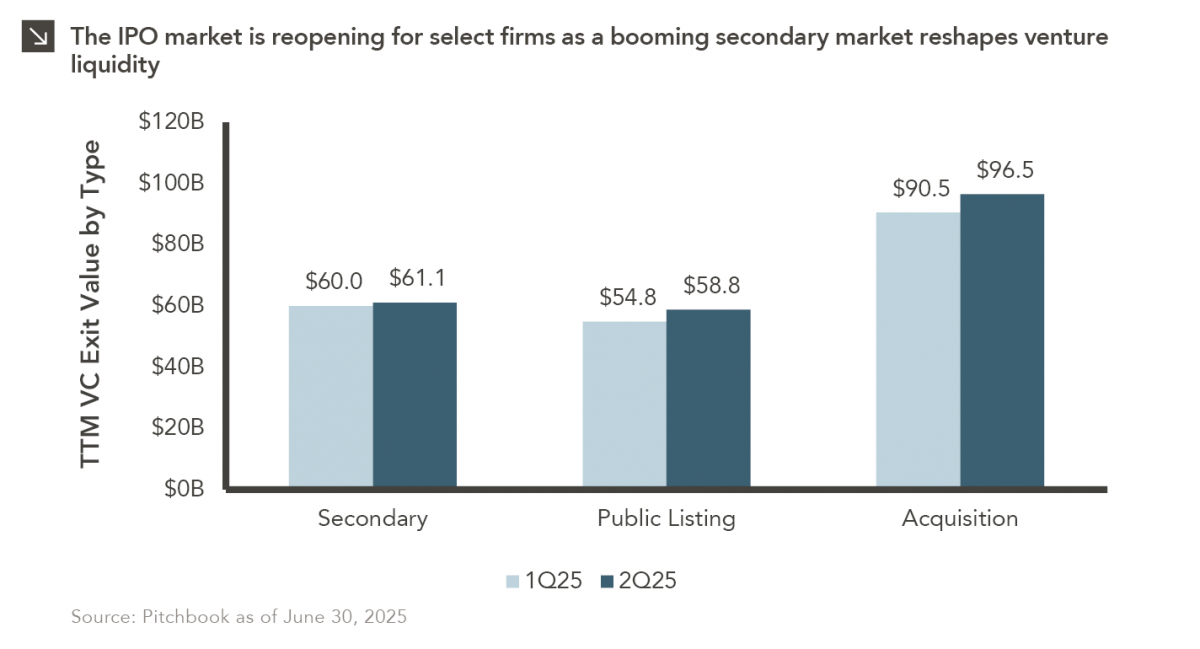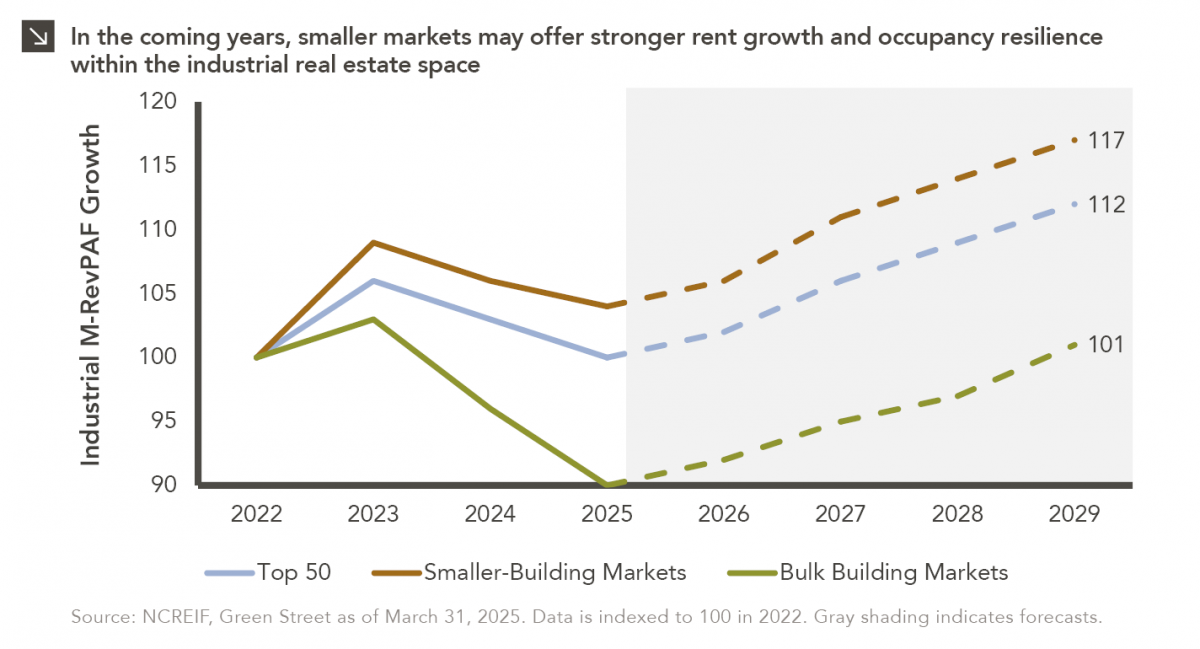Chad Sheaffer, CFA, CAIA
Senior Research Analyst



As investors and economists meticulously analyze data to predict future actions of the Federal Reserve, the domestic economy has maintained resiliency thanks in part to robust consumer spending in recent months. That said, challenges exist for the American public, including the fact that consumer interest payments now constitute an increasing proportion of U.S. household incomes. According to the Bureau of Economic Analysis, this figure, which excludes payments related to mortgage debt, reached 4.3% as of the most recent report published on July 31. Incidentally, this marks the highest level observed since 2008 during the Global Financial Crisis.
To this point, U.S. households have managed to withstand these increases in debt servicing payments while simultaneously confronting elevated levels of inflation. However, there are warning signs that this resilience may not be sustainable, particularly among lower-income households that have depleted robust savings amassed during the pandemic. One indication that households are beginning to feel financially squeezed is the fact that delinquency rates have escalated over the last few quarters. According to the Federal Reserve, new 30+ day delinquency rates for consumer credit card debt and auto loans have spiked since bottoming out in late 2021, reaching 7.2% and 7.3%, respectively, as of June 30. While current rates of delinquency remain well below those observed in the aftermath of the Global Financial Crisis, both figures now exceed pre-pandemic levels and may be poised to continue rising.
There is also another challenge with which millions of citizens must now grapple — the resumption of student loan payments, which were reinstated earlier this month. Given this new reality, the proportion of total interest payments relative to household income will almost certainly increase, which may lead some consumers to rely more heavily on credit cards to maintain current spending levels. This type of waning consumer strength would likely have significant ramifications for securities markets and the broader economy, and Marquette will continue to monitor indicators related to these dynamics as we head into the fall.
Print PDF > Feeling the Squeeze
The opinions expressed herein are those of Marquette Associates, Inc. (“Marquette”), and are subject to change without notice. This material is not financial advice or an offer to purchase or sell any product. Marquette reserves the right to modify its current investment strategies and techniques based on changing market dynamics or client needs.

10.27.2025
To paraphrase a quote from former President George W. Bush: “Fool me once, shame on… shame on you. Fool me…

10.22.2025
This video is a recording of a live webinar held October 22 by Marquette’s research team analyzing the third quarter…
10.22.2025
I spent the past weekend at my alma mater to watch them play their biggest rival. Football weekends there are…

10.20.2025
This week’s chart compares institutional and retail investor sentiment using two established indicators. Institutional sentiment is represented by the National…

10.13.2025
After a three-year drought, the IPO market is stirring again… but only for a select few. Just 18 companies have…

10.06.2025
This week’s chart compares realized and expected Market Revenue per Available Foot (“M-RevPAF”) growth within the industrial real estate space…
Research alerts keep you updated on our latest research publications. Simply enter your contact information, choose the research alerts you would like to receive and click Subscribe. Alerts will be sent as research is published.
We respect your privacy. We will never share or sell your information.
If you have questions or need further information, please contact us directly and we will respond to your inquiry within 24 hours.
Contact Us >